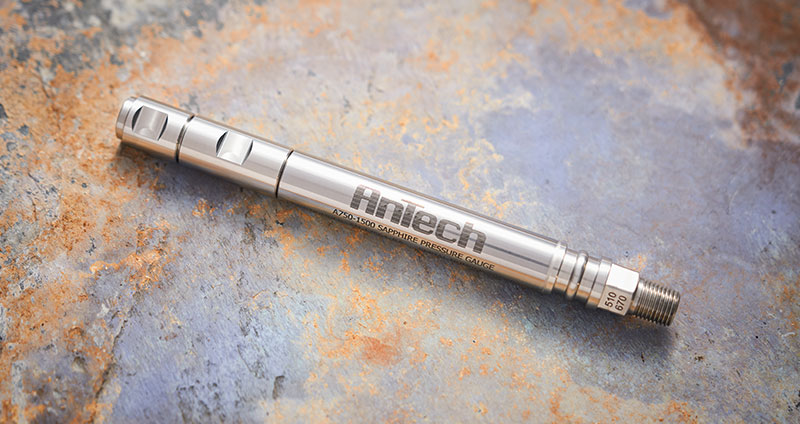At AnTech we have been working on providing a wide range of Wellhead Outlet (WHO) options for our customers. In the past, we have struggled to provide solutions for every application. Frustrating for us and for the customer. Now we have a comprehensive range of options from basic electrical units for low cost operations up to fully integrated hybrid electric and fibre optic outlets where the highest levels of specification and certification are required. The question is how do you, the customer, know what is right for you?
The best place to start is with the control line and wellhead connection. This determines the family of outlets that might be suitable. Is the control line fibre optic, electrical or a hybrid combination of both? For example, if it is a single electrical conductor line, options are available in our Type X and Type C product families. The Type X is suited to wellhead connections with bolts or stud and nuts and some sort of seal arrangement, something like a Grayloc or FMC’s SBMS seal. If the wellhead only has a standard connection such as an NPT, the Type C family will be suitable. As the Type C doesn’t have a flange and seal it makes it a much more cost effective option, which could be a deciding factor for you or your customer. Therefore, it may be beneficial for your customer to look for a standard connection rather than a bolted and sealed one, if you need to reduce the costs.
Once you have established the basic mechanical specification you can then start to consider the rest of the specification. Quite often this is focussed on the certification required by your rig operator or the oil company. If it is an offshore application, you will need it to be explosive atmosphere certified (Ex). Or you may need the outlet to be suitable for use in acidic downhole fluids (NACE/MR0175), or to be certified as fire tested (API 6FB) for use in the North Sea, for example.
The next stage is drilling down into the finer details of the specification, specifying the operating temperatures and pressures for your outlet and lastly, there may be a pricing point that you are aiming for. The various WHO families provide options for most specifications but occasionally the price point determines what specification can be achieved. Seldom are there no options that can be supplied, more often, it's a case of referring back to the end user to show them the alternatives.
Detailing the specification for the outlet is no different to detailing any other part of the monitoring equipment package. However, it may include additional specification that end users are not familiar with. We have worked hard to be able to provide the options and the documentation to support the decision.
Most importantly, equipment must be fit-for-purpose, so the most expensive kit is not always necessary for every installation. So check your specification, check what we have to offer and find out what’s new. The website provides comprehensive data sheets for each family explaining the various options. And finally, we are always available to provide advice.
Author: Tim Mitchell
















